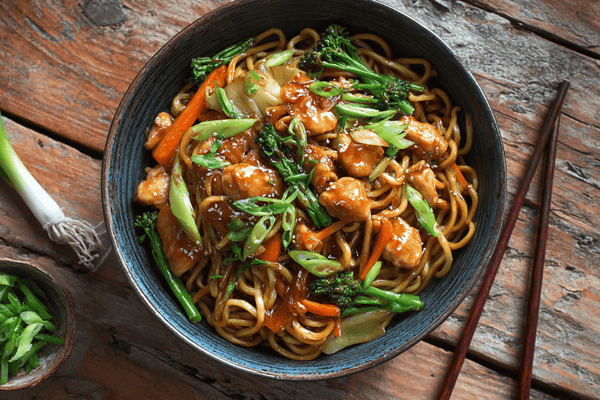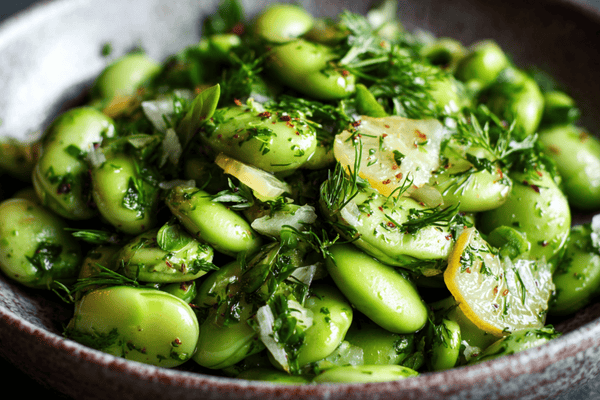
When it comes to cooking, having the right tools can make all the difference. Two tools that are often used interchangeably in the kitchen are colanders and strainers. While they may look similar, these kitchen tools actually have some important differences. In this article, we will explore the differences between a colander and a strainer, and help you understand which one is best for your cooking needs.
Table of contents
What is a Colander?
Definition and Features
A colander is a kitchen tool that is typically bowl-shaped with holes on the sides and bottom. It is primarily used for draining liquid from food items like pasta, vegetables, and fruits. Colanders are typically made from metal, plastic, or silicone, and they come in a variety of sizes and shapes. Some features of a colander include:- Bowl shape with handles on either side
- Many small holes on the sides and bottom of the bowl
- Usually made of metal, plastic, or silicone
- Comes in a variety of sizes and shapes
Common Uses
Colanders are primarily used for draining liquid from food items. Some common uses of a colander include:- Draining pasta after cooking
- Draining vegetables after washing
- Draining canned fruits or vegetables before use
- Straining broth or soup to remove solid ingredients
What is a Strainer?
Definition and Features
A strainer is a kitchen tool that is typically shaped like a spoon or a sieve with small holes or a mesh screen. It is primarily used for removing solid pieces from liquids or for straining liquids through a fine mesh to remove any impurities. Strainers are typically made from metal, plastic, or silicone, and they come in a variety of sizes and shapes. Some features of a strainer include:- Spoon or sieve-like shape with a handle
- Small holes or mesh screen to strain liquid
- Usually made of metal, plastic, or silicone
- Comes in a variety of sizes and shapes
Common Uses
Strainers are primarily used for removing solid pieces from liquids or for straining liquids through a fine mesh. Some common uses of a strainer include:- Removing seeds from freshly squeezed juice
- Straining pulp from a homemade smoothie
- Removing solid pieces from a sauce or gravy
- Straining tea or coffee to remove loose leaves or grounds
Colander vs Strainer: What's the Difference?
While colanders and strainers may look similar, they have some important differences. Here are a few key differences to keep in mind:
| Colander | Strainer |
|---|---|
| Primarily used for draining liquid from food items | Primarily used for removing solid pieces from liquids or for straining liquids through a fine mesh |
| Has many small holes on the sides and bottom of the bowl | Usually has small holes or a fine mesh screen to strain liquid |
| Comes in a variety of sizes and shapes, often with handles on either side of the bowl | Comes in a variety of sizes and shapes, often with a handle on one end |
Different Types of Colanders and Strainers
While traditional colanders and strainers are useful tools in the kitchen, there are many different variations available that can make cooking even easier. Here are a few different types of colanders and strainers, along with their unique features and functions:
Mesh Strainers
Mesh strainers are a popular alternative to traditional colanders and strainers. They feature a fine mesh screen that is ideal for straining liquids or removing small particles from sauces, soups, or broths. Mesh strainers come in a variety of sizes, and are typically made of metal or silicone. Some features of mesh strainers include:- Fine mesh screen
- Great for straining liquids and removing small particles
- Comes in a variety of sizes
- Typically made of metal or silicone
Mesh strainers are ideal for straining or filtering liquids, such as tea or coffee, and for removing seeds or pulp from freshly squeezed juice. They can also be used to strain small pieces of pasta or vegetables, or to sift dry ingredients like flour or powdered sugar.
Chinois Strainers
Chinois strainers are cone-shaped strainers that feature a fine mesh screen. They are typically made of metal and are commonly used in professional kitchens. Chinois strainers are ideal for straining sauces or soups, and for removing small particles or lumps. Some features of chinois strainers include:- Cone-shaped strainer
- Has a fine mesh screen
- Typically made of metal
- Commonly used in professional kitchens
Chinois strainers are ideal for straining sauces or soups that need to be very smooth or free of lumps. They can also be used to sift dry ingredients like flour, or to remove small particles from liquids like broth or stock.
Collapsible Colanders
Collapsible colanders are a convenient option for those with limited kitchen storage space. They feature a flexible design that allows them to collapse down to a much smaller size, making them easy to store in a drawer or cabinet. Collapsible colanders are typically made of silicone or plastic. Some features of collapsible colanders include:- Flexible design
- Collapses down to a smaller size for easy storage
- Typically made of silicone or plastic
- Comes in a variety of sizes and shapes
Collapsible colanders are ideal for those with limited storage space or for those who travel frequently. They can be used for a variety of tasks, such as draining pasta, washing vegetables, or straining canned goods.
Cleaning and Maintenance Tips for Colanders and Strainers
Colanders and strainers are essential kitchen tools that make cooking and meal prep easier. However, they can quickly become dirty or clogged with food particles. To keep your colanders and strainers in top condition, follow these tips for cleaning and maintenance:Cleaning
To clean your colander or strainer, follow these steps:- Remove any large pieces of food or debris from the colander or strainer by shaking it or rinsing it under running water.
- Fill your sink with warm water and a small amount of dish soap.
- Place the colander or strainer in the soapy water and let it soak for a few minutes.
- Use a soft-bristled brush or sponge to gently scrub the colander or strainer, paying special attention to any areas with stubborn food particles.
- Rinse the colander or strainer thoroughly with warm water to remove all traces of soap.
- Allow the colander or strainer to air dry completely before storing it.
Maintenance
To keep your colander or strainer in top condition, follow these maintenance tips:- Avoid leaving your colander or strainer in standing water for extended periods of time, as this can cause rust or corrosion.
- If your colander or strainer does develop rust, use a soft-bristled brush or steel wool to remove it. You can also try using a mixture of baking soda and water to remove rust stains.
- If your colander or strainer is made of plastic or silicone, avoid using harsh abrasives or bleach, as this can cause discoloration or damage to the material.
- Store your colander or strainer in a dry location to prevent mold or mildew from developing.
- Inspect your colander or strainer periodically for signs of wear or damage, and replace it if necessary.
FAQs
Q: Can I use a strainer to drain pasta?
A: While you can use a strainer to drain pasta, a colander is typically a better choice as it has larger holes which allow water to drain more quickly.
Q: Can I use a colander to strain tea?
A: Yes, you can use a colander to strain tea, but a strainer is typically a better choice as it has a finer mesh which will prevent loose tea leaves from escaping.
Q: Can I use a strainer to rinse vegetables?
A: Yes, a strainer can be used to rinse vegetables, but a colander may be a better choice as it has more holes which will allow water to flow more freely and rinse the vegetables more thoroughly.
Q: Can I use a colander to strain broth?
A: Yes, a colander can be used to strain broth, but a strainer is typically a better choice as it has a finer mesh which will remove more of the small solid pieces.


